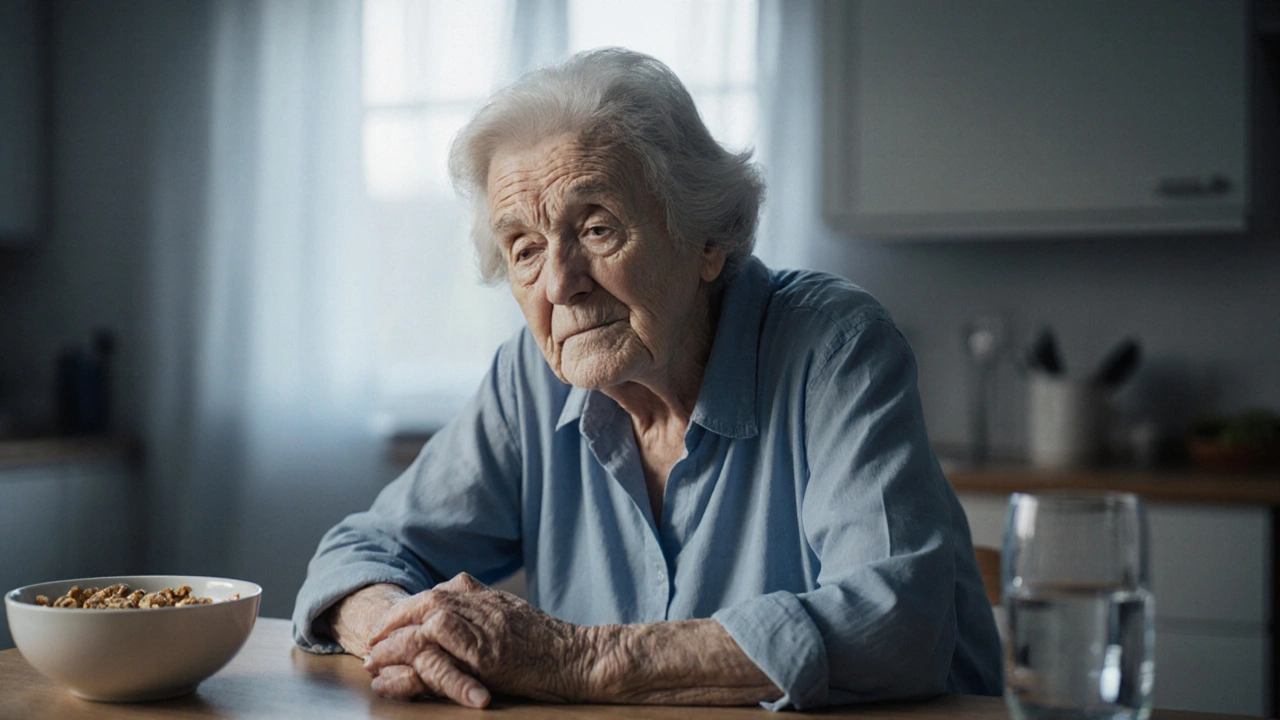When dealing with elderly anemiaa reduction in red blood cells that commonly affects adults over 65senior anemia, it’s easy to overlook the underlying reasons because the signs often blend with normal aging. One frequent culprit is iron deficiency anemialow iron levels that limit hemoglobin production, which can arise from poorer diet, reduced stomach acid, or chronic blood loss. Another major player is vitamin B12 deficiencypoor absorption of cobalamin that hampers red cell formation, especially in older adults taking proton‑pump inhibitors or those with intestinal disorders. Finally, chronic disease anemiaanemia caused by long‑standing illnesses like kidney disease or cancer underscores how systemic health problems often drive low blood counts. Understanding these links sets the stage for effective management.
Recognizing elderly anemia early can prevent fatigue, falls, and hospitalization. Typical symptoms include lingering tiredness, shortness of breath on mild exertion, pale skin, and a noticeable drop in exercise tolerance. Because older adults may attribute these signs to “just getting older,” a simple blood test—checking hemoglobin, hematocrit, mean corpuscular volume, and ferritin—often reveals the problem. If iron studies show low ferritin, the likely path is iron deficiency; if macrocytosis appears with low B12, the next step is a B12 level check. For chronic disease anemia, the doctor will look at kidney function, inflammatory markers, and cancer screenings. Each diagnosis points to a specific treatment direction.
Dietary tweaks are the first line for many older adults. Iron‑rich foods such as lean red meat, beans, and fortified cereals work best when paired with vitamin C sources like citrus or bell peppers, which boost absorption. For B12, fortified cereals, eggs, and dairy can help, but many seniors need a sublingual or injectable supplement because the stomach’s ability to release B12 declines with age. When oral routes fall short, doctors may prescribe high‑dose B12 injections or intramuscular cyanocobalamin. In cases where chronic disease drives the anemia, treating the underlying condition—optimizing diabetes control, managing heart failure, or using erythropoietin‑stimulating agents for kidney disease—can raise red cell counts without aggressive iron or B12 dosing.
When anemia is severe or rapidly worsening, a blood transfusionthe infusion of donor red blood cells to quickly raise hemoglobin may be needed to stabilize the patient. However, transfusions carry risks, so they are reserved for hemoglobin levels below 7–8 g/dL or when symptoms threaten quality of life. After stabilizing, clinicians revisit the root cause—whether iron, B12, or chronic disease—to prevent recurrence. Regular follow‑up labs, medication reviews, and nutrition counseling keep the anemia in check and support overall vitality.
Below you’ll find a curated collection of articles that dive deeper into each of these areas—how infections can trigger anemia, detailed medication comparisons, safe online pharmacy tips, and more. Whether you’re looking to tweak your diet, understand a specific drug’s impact, or explore advanced therapies, the posts ahead give you practical, evidence‑based guidance to manage elderly anemia effectively.

Learn why anemia is common in seniors, recognize key symptoms, and discover practical diet, supplement, and medical strategies to manage and prevent complications.